This well known bird of prey can be found on six of the seven continents and is quite versatile in its habitat. Because of this, it is one of the most widespread species of all birds, and is only absent from areas of extreme cold, extreme altitude, and extreme rainfall. In fact, only the rock pigeon is more widespread than the peregrine falcon, a species which is actually one of the later’s most desirable prey. Like the rock pigeon, peregrine falcons are becoming more and more common in populated cities, though they do prefer low mountain ranges, river valleys, and open coastlines.
The peregrine falcon is the single fastest species that can be found in the entire animal kingdom. In fact, with the highest measured speed of a peregrine falcon coming in at 242 mph, these amazing birds can beat out most top of the line sports vehicles as well. The peregrine falcon, however, only reaches these extreme speeds during a stoop, which is a hunting tactic in which the raptor first climbs to a high altitude before diving steeply towards its prey. And, for the estimated 1,500-2,000 species of smaller birds that the peregrine falcon feeds on worldwide, being caught in this predator’s line of site while hunting is an almost sure sign of impeding death.
While notable for its great speeds, the peregrine falcon is perhaps most famous for its trainability as a falconry bird. In this hunting tactic, a trained falcon stalks and kills its prey, but instead of eating its capture itself, it returns its victim willingly to its human owner. The earliest accounts of the practice of falconry occurred in 2,000 BC, and are not only evidence of the interesting relationship that has existed between human beings and these birds for centuries, but are strong evidence for the extreme level of intelligence these birds possess as well.
For your chance of spotting a peregrine falcon in the wild, as well as for other amazing bird-watching opportunities in South Florida, there’s truly nothing better than an airboat tour through the Everglades. No one knows the area better than an experienced Florida swamp tour guide, and you’ll find just that with Captain Mitch and his friendly crew.
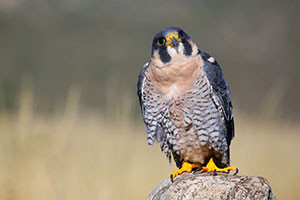
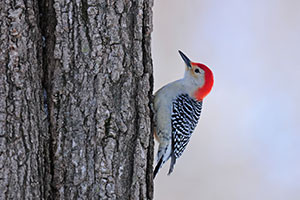
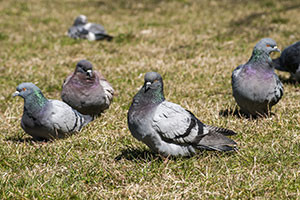
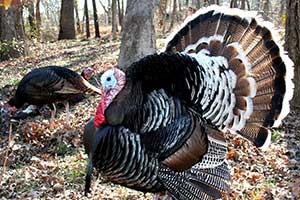
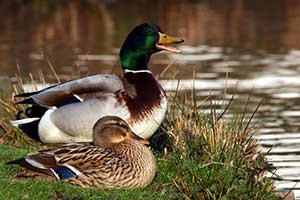


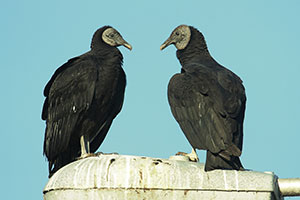 While the American black vulture is certainly not the most beautiful bird in the Everglades or the one with the best reputation, it might be one of the more interesting birds in not only the Everglades, but the entire world. Because the circling of vultures in the sky can often be a sign that something on the ground has just died and is about to be eaten, black vultures have often been associated with death. But while their feeding habits seem to give black vultures an ominous presence over humans, it is also their feeding habits that make them so unique.
While the American black vulture is certainly not the most beautiful bird in the Everglades or the one with the best reputation, it might be one of the more interesting birds in not only the Everglades, but the entire world. Because the circling of vultures in the sky can often be a sign that something on the ground has just died and is about to be eaten, black vultures have often been associated with death. But while their feeding habits seem to give black vultures an ominous presence over humans, it is also their feeding habits that make them so unique.





